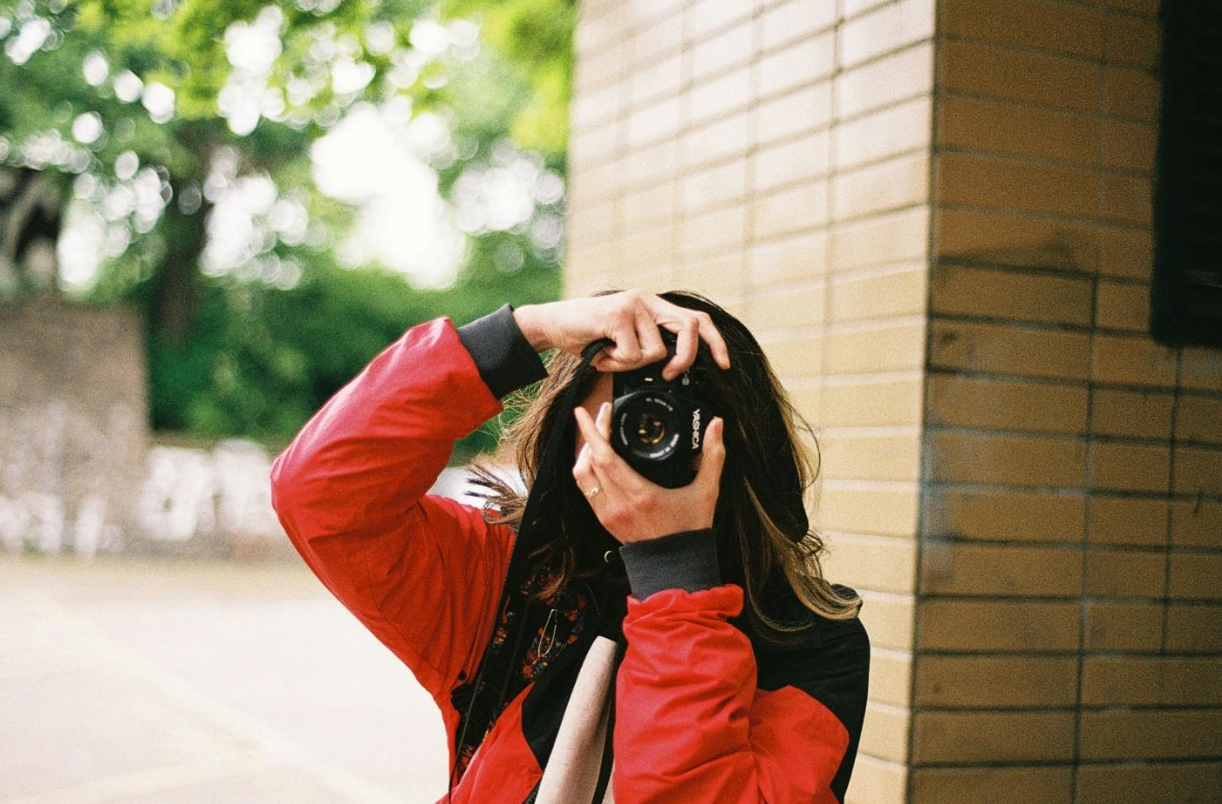How Photographers Can Protect Their Work Online

Putting your pictures online is both a good and a bad thing in today’s digital environment. Your work can be seen by a lot more people than ever before, but that exposure also makes it easier for anyone to misuse, steal, or share it without permission. If you’re a professional photographer, it’s important to protect your creative work at every stage, from taking the picture to sharing it.
In this article, we’ll show you a layered strategy that uses legal, technical, and operational methods to help you keep your work safe online.
Copyright, Licensing, and Metadata Are the Legal Bases
You need strong legal protections before you can use technical precautions.
- Copyright and registration by automatic means. In many places, your work is automatically protected by copyright as soon as you make it. But in places like the U.S., registering your photos can make it easier for you to get statutory damages and protect your rights.
- Clear terms for licensing. Always include clear terms when you upload pictures in a portfolio or give clients permission to use them. These terms should include the goal of the use, regulations for giving credit, commercial vs. nonprofit use, length of the license, and more.
- Incorporate metadata (IPTC/XMP). Putting information about the creator, contact, usage terms, and copyright inside the file will help you verify where it came from later. A lot of image-editing applications let you do this when you export.
- Watermarking. A correctly placed semi-transparent logo or watermark can stop casual stealing. The trick is to make it clear enough to show that you own it without ruining the look.
These laws are the bare minimum you need to follow. But they need to be used with technical defenses to work well.
Improving the Way You Work and Handle Data
A lot of compromises happen before your pictures even get to the web. Make sure your internal processes are safe:
- Ensure that backups and disks are encrypted. Use full-disk encryption (like FileVault on Mac or BitLocker on Windows) so that your files aren’t automatically exposed if someone steals your computer.
- Keep backups in different places and in different versions. A cloud or remote backup that saves versions and snapshots is a good way to protect yourself from hardware failure, inadvertent deletion, or ransomware.
- Separate your work files from your public files. Don’t mix raw and master files with exports you want to share. To keep high-resolution originals from being published by mistake, use folders or drives with clear labels.
- Use a VPN to make sure that remote uploads are safe. Your connection is weak when you work from coffee shops, hotels, or co-working spaces. That’s why it’s a good idea to use Mac VPN options like those from ExpressVPN when you upload or move data over public networks. This encrypted tunnel helps keep your work safe while it’s being sent.
Why a VPN Is Important (Especially for Photographers)
A VPN (Virtual Private Network) makes a safe, encrypted connection between your device and the server you want to reach. This keeps your data safe from others who want to listen in. For photographers, here is how it helps:
- Transfers that are safe on networks you don’t trust. A VPN keeps your data from being intercepted while it’s being sent, whether you’re uploading changes, sending proofs to clients, or syncing files from a distance.
- Hiding your IP and location. This makes it tougher for someone to find out where your uploads came from, which protects your privacy and makes it harder for potential abusers to find you.
- Protection with a “kill switch.” Strong VPN programs, like ExpressVPN for macOS, provide network-lock features that stop all traffic if the VPN connection fails. This stops unintentional transfers without protection.
- Commitment not to keep logs. A lot of trustworthy VPN providers offer not to keep logs of your connections or usage, so your activities can’t be tracked or recorded.
- Protection across platforms. Usually, one subscription will cover your laptop, tablet, and phone, so your whole workflow is safe.
A VPN isn’t a magic bullet, but it’s an important layer of defense, especially when used alongside encryption, strong passwords, and secure transfer protocols.
Protecting Your Client Galleries and Portfolio
When your pictures are made public, whether on your own website, in galleries, or on client portals, new threats appear. Here’s how to keep them safe:
- Turn off right-clicking and dragging. To stop regular users from storing your photographs by right-clicking or dragging, employ lightweight scripts or CSS overlays. It’s not perfect, but it makes it harder.
- Put out low-res previews or versions with watermarks. Keep high-resolution files offline or behind a secure login, and only show lower-resolution versions that aren’t as valuable if they are misused.
- Use a CDN that protects against hotlinking. A content delivery network that stops other domains from embedding your photos can assist stop unauthorized embedding.
- Use dynamic watermark overlays. Some gallery programs let you add watermarks to images as they are being displayed (for example, on-the-fly), which makes it difficult for a static copy to get around.
- Keep an eye on overuse by doing a reverse search. You can detect unlawful uses with tools like TinEye, Google Image Search, and tracking programs that are made just for this purpose. Once you know who they are, send them takedown notifications or DMCA requests as appropriate.
Read our article “From Still to Moving: The Future of Creative Expression with Hybrid Photography” for more information on how technology affects creative processes and security.
Safe Client and Collaboration Exchanges
Your tools and methods are important when you share files, negotiate use, or deliver to clients:
- Use file-sharing sites that encrypt files. Using services like Tresorit, Sync.com, or encrypted archive formats like AES-protected ZIP can help keep your data safe.
- Make people use strong passwords and two-factor authentication. Turn on two-factor authentication for all of your accounts, including email, file servers, and portfolio sites. Use strong, unique passwords for each account.
- Limit who can access. Set a time restriction on shared links, make them read-only, or require login tokens. Don’t let people have perpetual public access without limits.
- Sign contracts and release paperwork. When you give someone permission to use anything, make sure you acquire signed agreements that spell out what they can do with it, what their rights are, and what would happen if they break the rules. This also goes for model releases for pictures of people. When it comes to people’s likenesses, the idea of a model release is quite important.
A Playbook for When Infringement Happens
Even with your finest protection, things can still go wrong. Get ready to act quickly:
- Write down the violation. Take screenshots, write down URLs, info, timestamps, and keep records.
- Send a formal request to have it taken down. In the U.S., use DMCA or similar mechanisms in other countries to ask for removal.
- Send a cease-and-desist letter or a licensing offer. Sometimes it’s best to come to an agreement that works for both sides, especially when smaller sites are involved.
- Publicly correct or claim your rights. Maybe you should put a message on your website or social media saying that the picture was used without permission.
- If you need to, take legal action. If the misuse is serious or ongoing, talk to a copyright lawyer.
Having a written “infringement response playbook” makes you more credible and cuts down on the time it takes to respond.
Developing Habits That Protect You for a Long Time
A portion of preventive security is technical, but a portion of it is cultural and habitual:
- Always use the same labels on your files. To avoid mistakes, use prefixes like “MASTER,” “EXPORT,” or “WEB_PREVIEW.”
- Teach your team or coworkers. Make sure that any assistants, editors, or contract partners you work with know how to handle files safely, follow contract rules, and preserve images.
- Check systems every so often. To stay ahead of new risks, you should update your plugins, gallery software, encryption tools, and VPN apps every 6 to 12 months.
- Keep up with changes in the law. International copyright, privacy, and digital rights are always changing. Keep an eye on what’s happening in your area and throughout the world.
To Sum Up
To keep your photos safe online, you need to take a comprehensive approach that includes legal, technical, and operational steps. To protect your creative rights, you can use metadata, watermarks, encryption, secure Mac VPN alternatives that link paths for distant use, harden your public galleries, and keep a clear infringement response approach.
You defend your reputation, your money, and the integrity of your vision when you promise layered protection and persistent watchfulness. The digital world will keep changing, but with a strong base, your photos can safely go all across the world.


